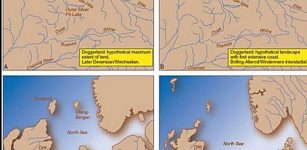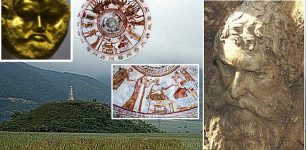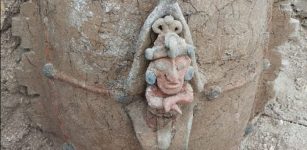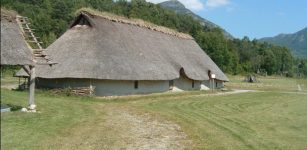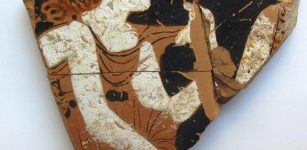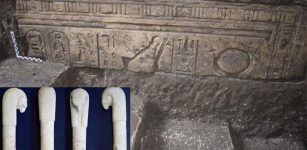Neolithic People Ate Focaccia As Far Back As 9,000 Years Ago
Conny Waters - AncientPages.com - Focaccia is a flat, leavened bread that is oven-baked and originates from Italy. Known as a precursor to pizza, focaccia ranks among Italy's oldest breads. While traditionally believed to have been created by the Etruscans, recent research indicates it has been part of culinary practices for at least 9,000 years.
A study conducted by researchers from the UAB and University La Sapienza in Rome reveals that during the Late Neolithic period, between 7000 and 5000 BCE, fully agricultural communities in the Fertile Crescent region of the Near East developed an intricate culinary tradition. This included baking large loaves of bread and "focaccias" with various flavors on special trays known as husking trays.
Husking trays are characterized by their large oval base and low walls made from coarse clay. They differ from typical trays due to their internal surface marked with rough impressions or incisions arranged in a repetitive pattern. Previous experiments using replicas of these trays alongside cooking structures similar to those found at archaeological sites from this era allowed researchers to hypothesize their purpose.
These investigations suggested that large loaves made with water and flour were likely baked on these trays within domed ovens for approximately two hours at an initial temperature of 420°C. The grooves on the internal surface would have facilitated easy removal of the bread once baked. Furthermore, given their substantial size—around 3 kg—these loaves were probably intended for communal consumption.
"Focaccia" with animal fat experimentally baked in a replica husking tray inside a domed oven. Credit: Sergio Taranto
The research team conducted an in-depth analysis of ceramic fragments from husking trays dating between 6400 and 5900 B.C. to determine their role as specialized baking containers for cereal-based doughs. They also investigated whether these doughs might have been seasoned with ingredients like animal fat or vegetable oil. The fragments were sourced from archaeological sites at Mezraa Teleilat, Akarçay Tepe, and Tell Sabi Abyad, situated in the region between Syria and Turkey. These analyses were performed at the Universities of Istanbul and Koç in Turkey.
The study employed a variety of analytical methods from an integrated perspective to provide clear evidence about both the function of these artifacts and the types of foods processed within them. Notably, phytolith analysis (examining silica residues from plants) revealed that cereals such as wheat (Triticum sp.) or barley (Hordeum sp.), ground into flour, were processed using these trays.
Additionally, organic residue analysis indicated that some trays were used to cook foods containing animal-derived ingredients like animal fat; one instance even showed plant-based seasonings. The state of residue degradation suggested that at least two trays reached temperatures consistent with those required for baking dough in domed ovens.
Finally, use-alteration analysis on the ceramic surfaces identified wear patterns specifically associated with bread residues and others linked to seasoned focaccia residues.
See also: More Archaeology News
"Our study offers a vivid picture of communities using the cereals they cultivated to prepare breads and 'focaccias' enriched with various ingredients and consumed in groups," explains Sergio Taranto, lead author of the study, part of a doctoral thesis carried out at the UAB and La Sapienza.
"The use of the husking trays we identified leads us to consider that this Late Neolithic culinary tradition developed over approximately six centuries and was practiced in a wide area of the Near East," the researcher concludes.
The study was published in the journal Scientific Reports
Written by Conny Waters - AncientPages.com Staff Writer





